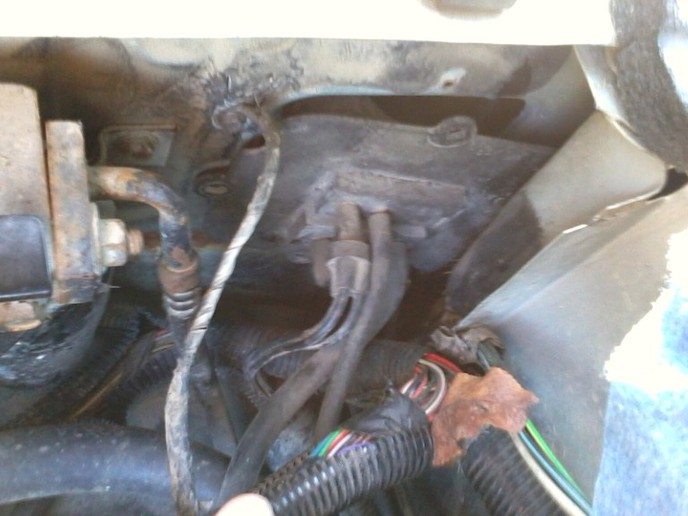I have a '91 Dakota, 3.9L V6, 5 speed, 4x4. It has a low to mid-range hesitation. Also seems to lack power. I had a '91 Dakota, 3.9L V6, auto, 4x2 that would easily run away from this one. Otherwise, the truck runs smoothly, no misfiring, no smoke out the tailpipes, etc. Would be nice if it got slightly better mileage.
Cycling the key and flashing the "check engine" light gives me a code 21, referring to the oxygen sensor.
The truck has been converted to dual exhaust and does have the O2 sensor located in the passenger side exhaust pipe.
Does this modification in any way affect the operation of the O2 sensor? Factory location was behind the Y-pipe, so it monitored the combined volume of both sides. Now it's only checking the right bank. How sensitive is this sensor? Will it recognize the reduction in flow volume and, possibly because of that, incorrect proportions of exhaust gases?
Or will replacing the O2 sensor cures all it's ailments?
Additional info: it had a Marshall Engines reman engine installed around March 2002. Before I bought it this spring, it had sat for 2 years because the pick-up coil in the distributor was bad.
I appreciate your time, and thank you for sharing your knowledge.
Anthony
Cycling the key and flashing the "check engine" light gives me a code 21, referring to the oxygen sensor.
The truck has been converted to dual exhaust and does have the O2 sensor located in the passenger side exhaust pipe.
Does this modification in any way affect the operation of the O2 sensor? Factory location was behind the Y-pipe, so it monitored the combined volume of both sides. Now it's only checking the right bank. How sensitive is this sensor? Will it recognize the reduction in flow volume and, possibly because of that, incorrect proportions of exhaust gases?
Or will replacing the O2 sensor cures all it's ailments?
Additional info: it had a Marshall Engines reman engine installed around March 2002. Before I bought it this spring, it had sat for 2 years because the pick-up coil in the distributor was bad.
I appreciate your time, and thank you for sharing your knowledge.
Anthony


